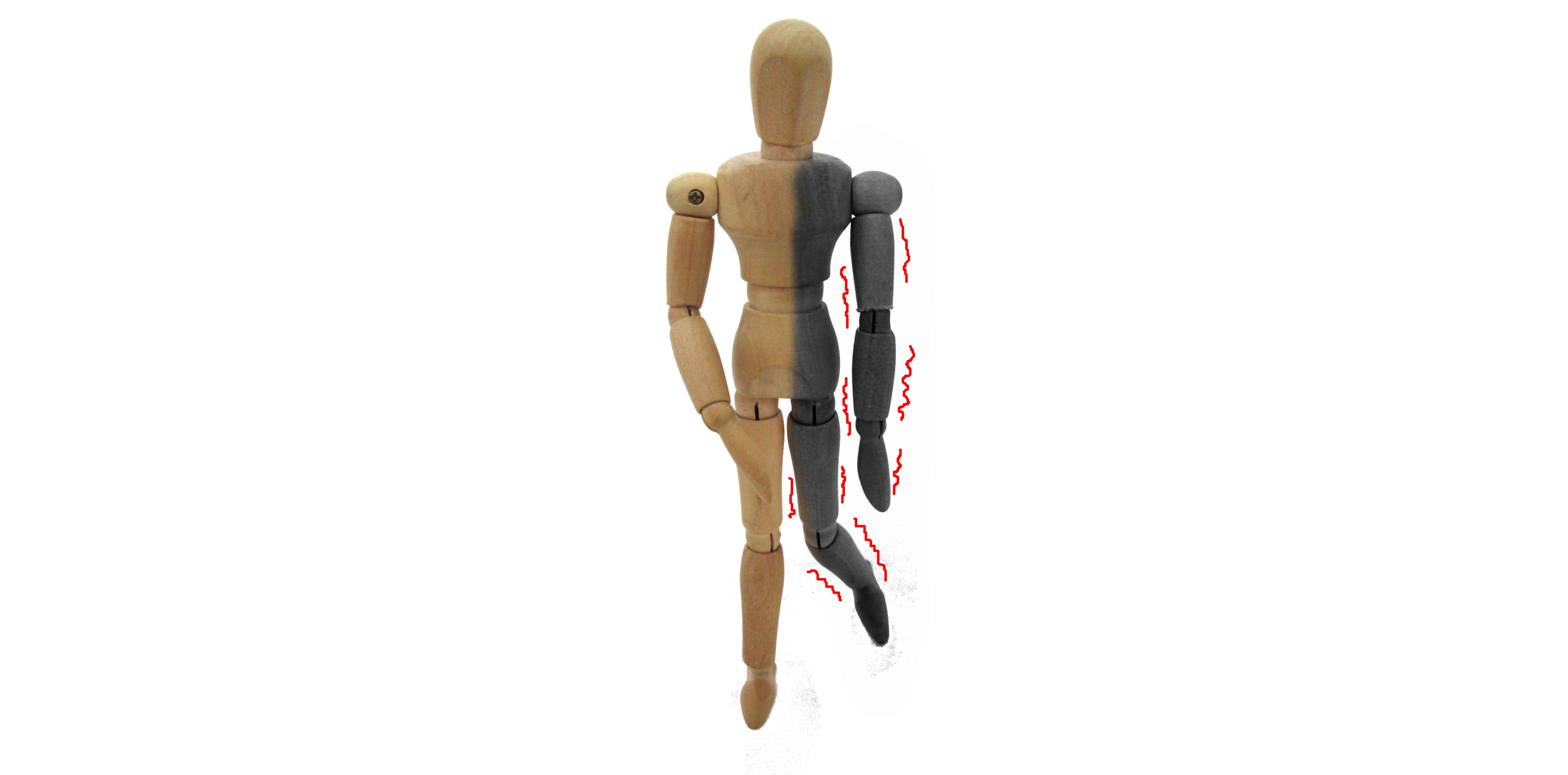If investigating a patient’s newly-developed peripheral neuropathy, doctors need to ask about fluoroquinolone use in the previous six months
How big is the risk of peripheral neuropathy with fluoroquinolones?
That’s the question UK researchers were looking to answer with their large case-controlled study recently published in JAMA Neurology.
And – cutting to the chase – what’s the answer? Well, the risk isn’t huge, but there is certainly a risk. And the association is worth bearing in mind if a patient develops peripheral neuropathy because the timing of this side-effect can be unpredictable, making the link less obvious.
According to the study which analysed details from a large UK primary care population database involving almost 1.4 million patients over seven years, taking oral fluoroquinolone increased the relative risk of developing peripheral neuropathy by 47% compared to not taking the drug.
“The absolute risk with current oral fluoroquinolone exposure was 2.4 per 10,000 patients per year of current use,” the study authors wrote.
And just to be sure the association wasn’t simply related to having an infection that needed antibiotics, the researchers also looked at all those patients who had received a different antibiotic, namely amoxicillin-clavulanate to see if there was a similar association with this particular side-effect. But no – the problem just seemed to occur with the fluoroquinolones.
“No significant increased risk was observed with observed with oral amoxicillin-clavulanate exposure,” they found.
Aside from quantifying the risk of peripheral neuropathy with fluoroquinolones, which was the main aim of the study, researchers also found that the relative risk remained significantly increased up to 180 days after taking the drug. So, if a doctor is investigating the cause of a patient’s newly-developed peripheral neuropathy, they need to ask about fluoroquinolone use in the previous six months.
The study findings also suggested certain patients might be more at risk of developing this adverse effect than others. The risk appeared to be greater among men and those aged older than 60 years. The risk also seemed to increase the longer a person took the drug.
The findings seem to suggest increased caution needs to be taken when prescribing fluoroquinolones, especially given that they have other known potential side-effects such as tendon rupture and aortic aneurysm.
“Healthcare professionals should consider these potential risks when prescribing fluoroquinolone antibiotic,” the study authors concluded.
But, an accompanying editorial warns against getting the risk out of perspective.
The editorial authors from the Mayo Clinic in the US point out that when a side-effect is very rare it can be challenging to determine predisposing factors or potential confounders. There is also a lack of a strong hypothesis on the mechanism underlying fluoroquinolone-induced neuropathy.
“It is clearly a rare event in a sea of fluoroquinolone use, and no clear pattern has been defined that differentiates it from other causes of peripheral neuropathies,” they wrote.
However, they support the findings of the original study that there is an association, but suggest further research is needed before doctors start avoiding using these drugs.
References:
JAMA Neurol doi:10.1001/jamaneurol.2019.0887
JAMA Neurol doi:10.1001/jamaneurol.2019.0886


